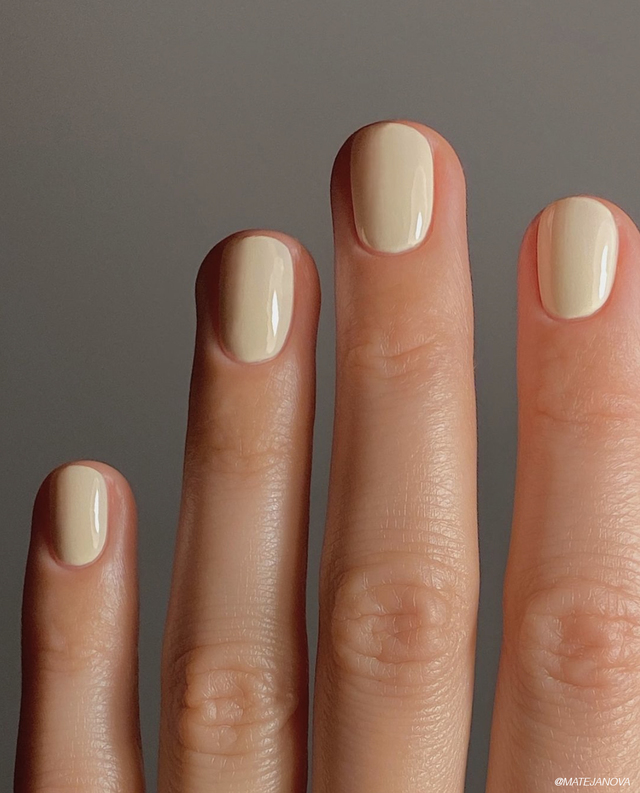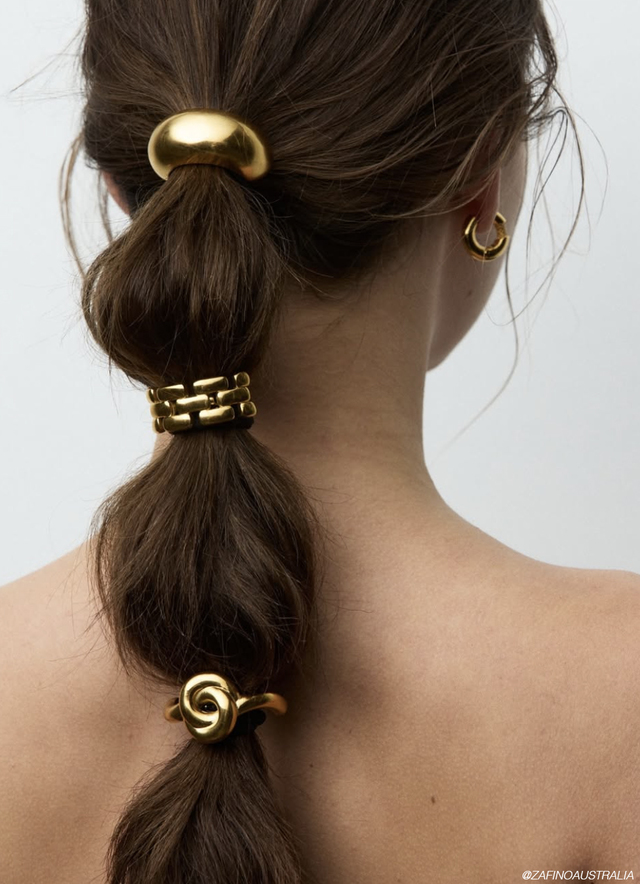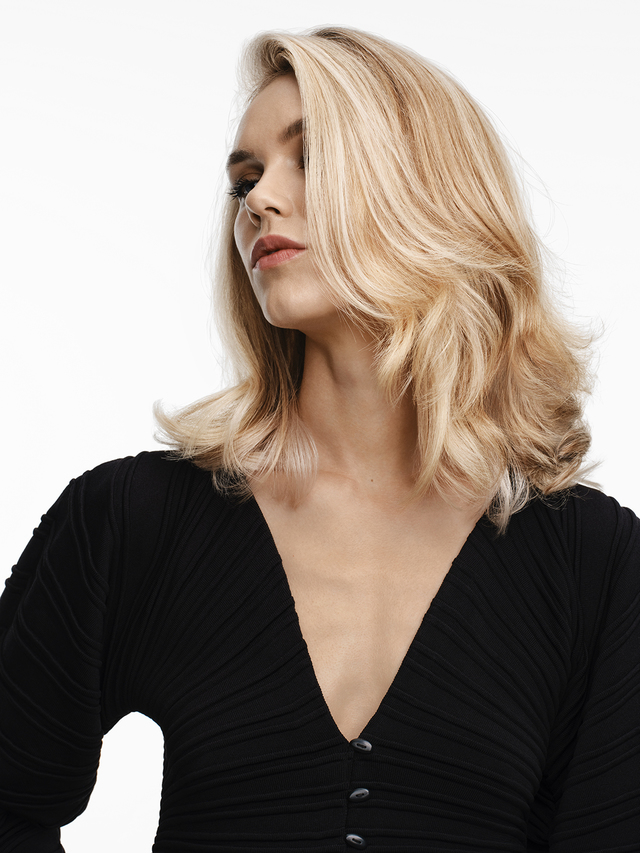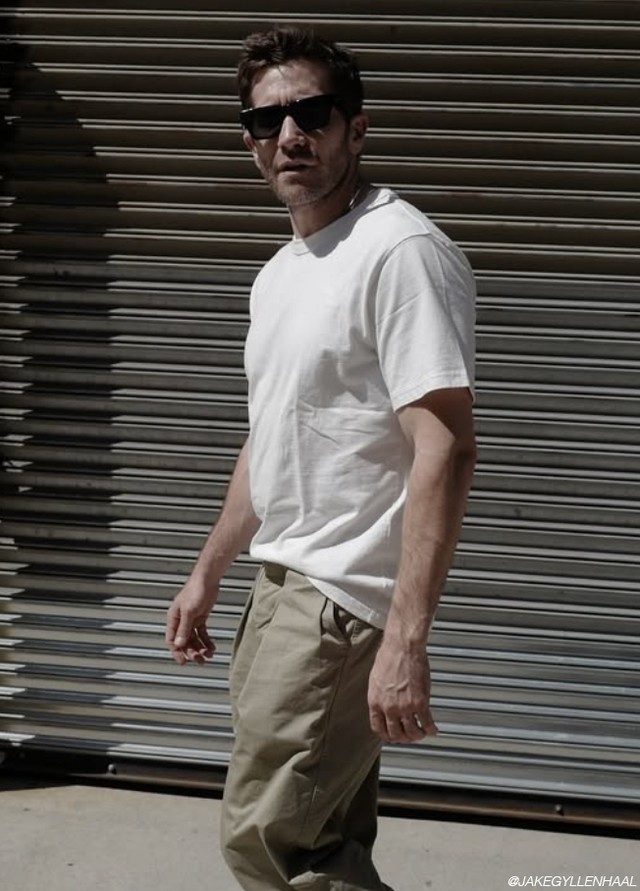Hair extensions have come a long way since they first arrived on the scene. Long gone are the days when stringy, fake-looking enhancements reigned supreme—these days, most extensions blend so well with users’ natural locks that the phrase “Is that real?” is more common than ever before. Though there are an endless array of options currently available on the market, selecting the right type of extensions can be intimidating. Here, five foolproof tips for determining which extensions will work best for you.
Step #1: Determine your end goal
Begin your extension journey by figuring out what type of look you want to achieve. Are you looking to simply add volume to your limp locks, or are you desperate for mermaid-length tresses for summer? Keep in mind that extensions can also do more than provide extra volume and length. Extensions can be used to add a pop of color or create a cool balayage effect—sans bleach.
Step #2: Analyze the current state of your hair
Unfortunately (or fortunately, depending on the way you look at it), not all extensions are created equal, and some can compromise the health of your natural strands. If your hair is thick, voluminous and strong, you may be an ideal candidate for semi-permanent or permanent options, while those with weaker hair may have to stick with clip-ins or tape-ins to prevent further damage.
Step #3: Ask yourself what type of commitment you’re willing to make
Though every girl may crave full, voluminous bombshell strands, not everyone is willing to invest the time, money and effort into maintaining their locks. Before any application, be realistic with how much you want to tend to your extensions. If you’re ready and willing to pay a significant amount of money and visit the salon every few months, then by all means, look into long-term options. (More on the different types of extensions in Step #4.) If you just want to change up your hair for a special occasion, stick with clip-ins.
Step #4: Familiarize yourself with the various types of extensions
Thanks to so many advancements in the hair industry, there is an extension for every type of woman. Here, a breakdown of the different types of extensions out there:
Clip-Ins
The most low-maintenance option on the market, clip-ins are ideal for anyone looking to amp up their look every once in a while, rather than on a daily basis. Available in both natural and artificial hair, clip-ins can be removed at any time by the user and are the least damaging option since there is no heat, glue or pressure involved in the application process.
Tape-Ins
Ideal for women looking to add volume, these seamless extensions provide the most natural-looking results. During the application process, your natural locks are “sandwiched” in between two tape extensions, then a heated clamp heats up the glue on the extensions and adheres the wefts to your roots. Though the application process is relatively quick (about 40 minutes to an hour), the results only last 4-8 weeks.
Weave
If your hair is on the thicker side, it may be able to withstand weave hair extensions. Ideal for women looking to add permanent length and thickness, these extensions are sewn into the hair directly, providing the most long-term results. The only downsides? The application process can take several hours and the extensions may strain the scalp or cause discomfort. To prevent damage, stylist recommends only leaving the weave extensions in the hair for 2-4 months max.
Micro Ring/Micro Loop
These extensions are applied by attaching small wefts of hair to your natural locks via a tiny bead. The hair is attached to the bead using a special tool, then tightened into place—sans heat, adhesive or chemicals. Results last around four months, but the hair must be moved up every 2-3 months as your natural hair grows. Though these extensions can provide major length, the beads can put pressure on the scalp, possibly leading to breakage or major damage.
Fusion/Keratin Bonds
Small individual wefts of hair with tiny amounts of glue at the tips are attached to your natural hair using a “hot glue gun”-like tool. Though the extensions are virtually undetectable—each weft is strategically applied to conceal the preceding row of hair—they do require considerable upkeep and may cause damage to the natural hair. The extensions must be moved up every 2-3 months and results can last up to four months.
Step 5: Find an expert
No matter what type of extensions you choose, always ask your stylist for their expert advice prior to the application. Your stylist should be able to guide you in the right direction and help you achieve the locks of your dreams!















